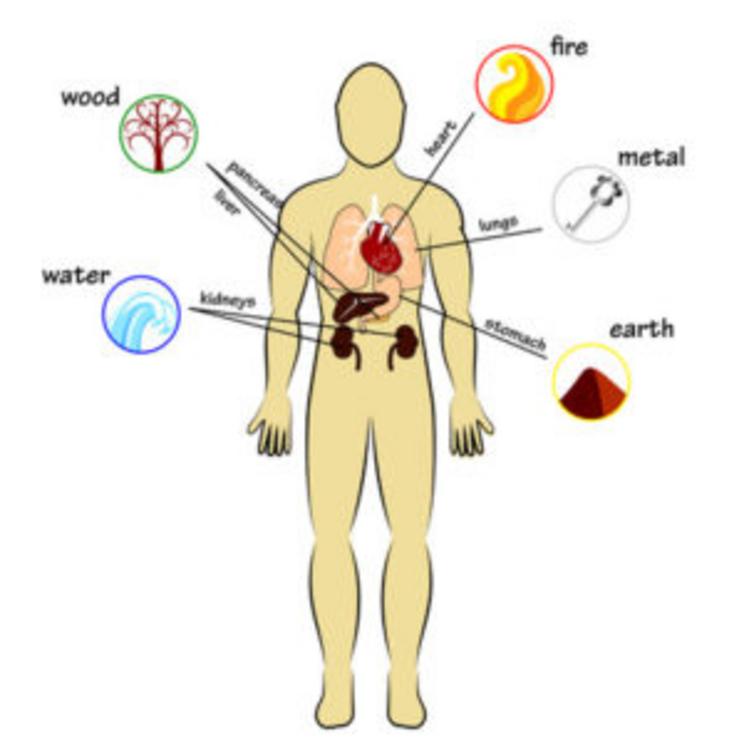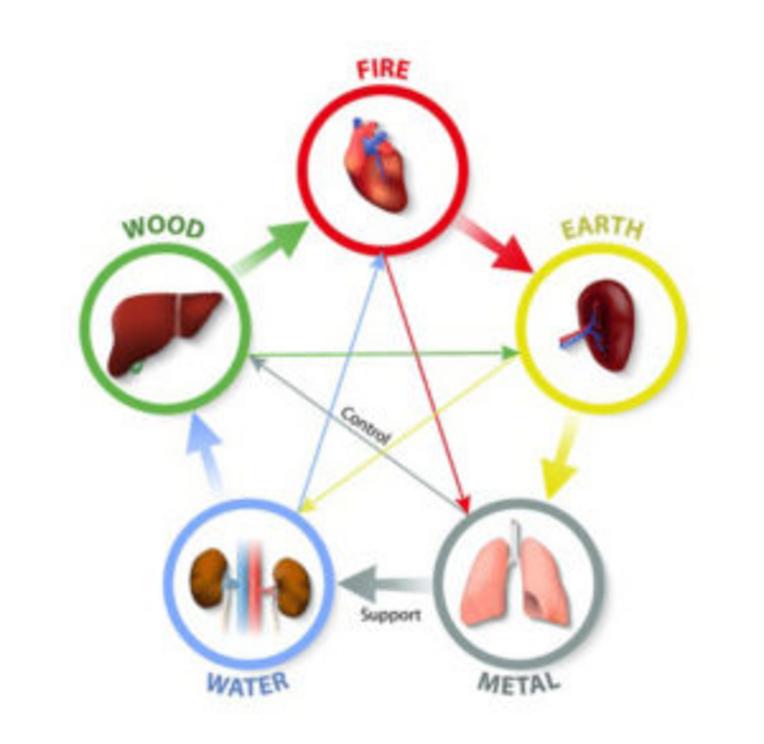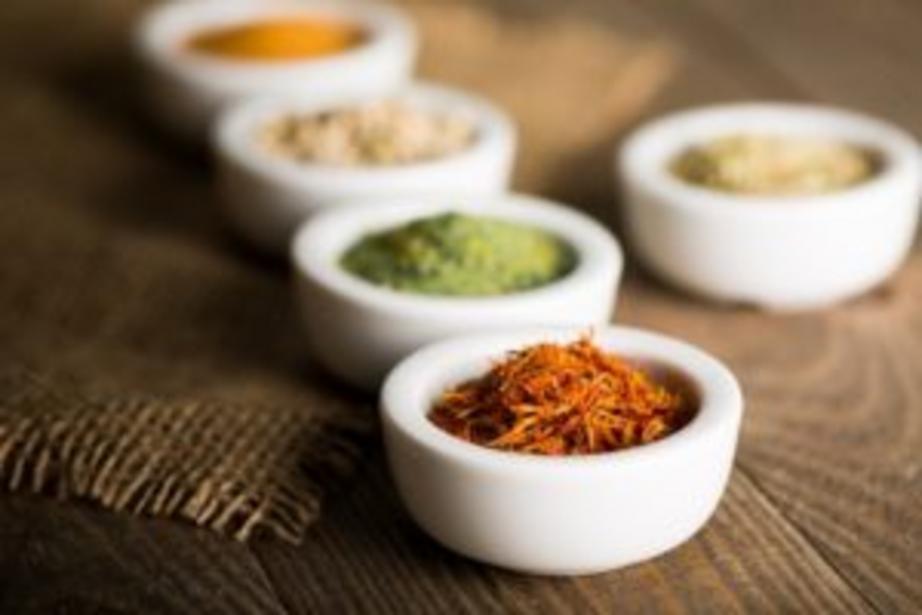Food and emotions from a traditional Chinese medicine perspective
How the Meridians and the Five Elements of Earth Affect Your Health
Throughout time various approaches of Chinese Medicine have developed, where the forms of diagnosis and treatment vary, while still maintaining the foundation of Classical Chinese Medicine. Two of the most widely used approaches in the West are:
- Traditional Chinese Medicine or TCM (what people are most familiar with and what is most widely taught)
- Classical Five Element Acupuncture
Classical acupuncture, the one that was practiced thousands of years ago addressed physical, mental, emotional and spiritual issues in their diagnosis, treatment and application. We can confirm that by observing the function of the different acupuncture points in the body and the meridian systems.
Back then two basic types of diagnosis were given, one is constitutional and the other for acute and /or chronic conditions. Constitutional diagnosis is related to who you are at the core and is more mentally, emotionally and spiritually focused, whereas the other one is more physically based and entertains external reasons for disease.
From this perspective, all discomfort or illness has an element of the physical, mental, emotional and/or a spiritual component. That said, TCM treatments are more conducive at addressing the physical aspects of the human being, while the Five Element approach is better at treating the emotional/spiritual issues by focusing on the constitutional level of the person. So, a classical TCM practitioner will look at external causes of disease such as wind, heat, dampness and a Five Element practitioner will look for the source of the condition. The reason behind what pulled or pushed the person from their center, from their core.
Classical Five Element Acupuncture
In The Five Element premise, there are Five Elemental Energies – Fire, Earth, Metal, Water, and Wood. Not only can we observe these in nature, they are also an integral part of the natural cycle of life. Here is how they create the Meridian paths and how they are related to our emotional spiritual, physical and mental makeup.
The Meridian paths include: LIVER/GALL BLADDER – HEART/SMALL INTESTINES/TRIPLE HEATER – SPLEEN/STOMACH – LUNGS/LARGE INTESTINES – KIDNEYS/BLADDER

Wood is the energy of spring and is related to the Liver & Gall Bladder – Bursting forward in the world with optimism much like plants and trees come to live in the spring. Helps us forge and plan for the future and take decisions.
Fire is the energy of summer and is related to the Heart, small intestine and triple heater – When nature moves into action. Everything is coming alive in the spring and the warmth and heat of the sun is there to support this. On an emotional level, it is the part of us that governs relationships, has fun, and connects with others.
Earth is the energy of late summer and is related to the Spleen and Stomach – Summer is heavy in its harvest, everything is plentiful. It manifests in the caring for others. The concern we have in other people’s safety and well-being. “Mother Earth”.
Metal is the energy of fall and is related to the Lungs and LI – When nature lets go of anything it no longer needs after the harvest. It is the part of us that connects with our spiritual self, the source of our own self-esteem.
Water is the energy of winter and is related to the Kidneys and Bladder – The time when nature retreats and starts gathering force for its energies for the next season. The part of us that rests and regenerates in order to have the energy to move forward.

This interconnection creates the Sheng Cycle, as the energy is passed on from element to element.
When the Meridians are Out-Of-Balance and Emotions
It’s really quite simple… the Five Elements produce five different types of essential Qi (or energy) which, when out-of-balance, bring forth extreme emotions such as over-joy (yep over-joy – think a little manic), anger, grief, worry, and fear. Here are some examples of how it works:
The Heart is the Queen of all organs and all other organs are there to sacrifice for her. Meaning, they will always give their energy so that the heart can maintain its balance, potentially resulting in going out-of-balance themselves.
The stomach, being the child of the heart, when functioning well will produce a happy mother (or the heart).
The Liver is the mother of the heart. The function of the liver is to offer continual support to the smooth flow of Qi and regulate emotions. So, if we are under continual stress, then you can see how the liver becomes compromised resulting in emotions like anger and frustration.
Here are some more specific emotions that result from the imbalance of the meridians:
- When the Kidney is out-of-balance results in fear/anxiety.
- When the Lungs are out-of-balance it is usually due to long-standing grief.
- Pensiveness, worry, and focused concentration taxes the spleen bringing about the feeling of mental fatigue and the inability to concentrate.
- Anger (including resentment, irritability, and frustration) is associated with the liver. It can result in Qi stagnation since the liver controls the movement of Qi and can lead into the liver Qi rising to the head causing symptoms such as headaches, dizziness, etc. In the long run, it can even result in high blood pressure.
Treating Imbalances With the Energy of Food
Now because everything has an energy and a frequency then it is easy to see how different foods can actually treat and correct the imbalances that can occur.
Basically, the energetics food is related to these five different flavors (though there are others such as astringent, savory or umami, and spicy which will not be discussed here for the sake of simplicity):
PUNGENT – SWEET – SOUR – BITTER – SALTY

And these flavors have an affinity with certain organs:
- Sour foods nourish the liver and gall bladder – related to Wood
- Bitter foods nourish the heart and small intestines – related to Fire
- Sweet foods nourish the spleen and stomach – related to Earth
- Pungent foods nourish the lungs and large intestine – related Metal
- Salty foods nourish the kidney and bladder – related to Water
Then there is also the energetic (or frequency) of each of the flavors:
- Pungent disperses, invigorates and promotes circulation. Examples are ginger, garlic, mint.
- Sour has functions such as consolidating and absorbing. Examples include lemon, vinegar.
- Bitter tastes have the action of drying dampness, clearing heat and dispersing, and increases metabolism. Examples rhubarb, apricot kernels, and kale.
- Salty dissolves and softens hardness as well as moistens and lubricates the intestines. Examples include kelps and seaweeds.
- Sweet has the action of tonifying, harmonizing and decelerating, and aids in digestion.
And this only skims the surface! But hopefully, helps provides you with a basic understanding of how the meridians, the Five Elements, and the basic flavors of food are interconnected.
After all, we and everything around us is energy and has a frequency that can directly affect our not just our body, but also our emotions, state of mind, and overall well-being!
